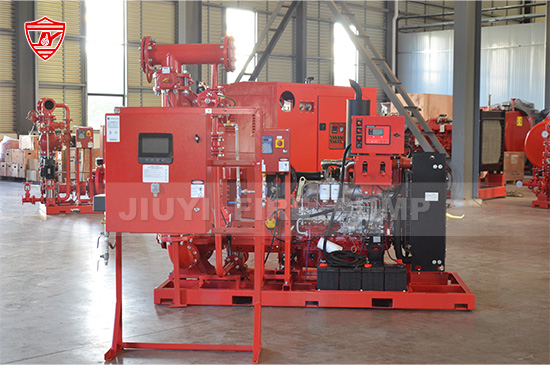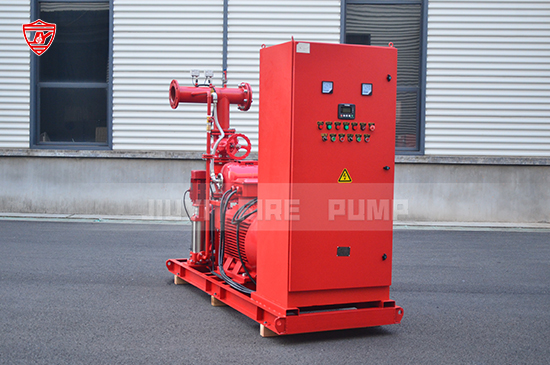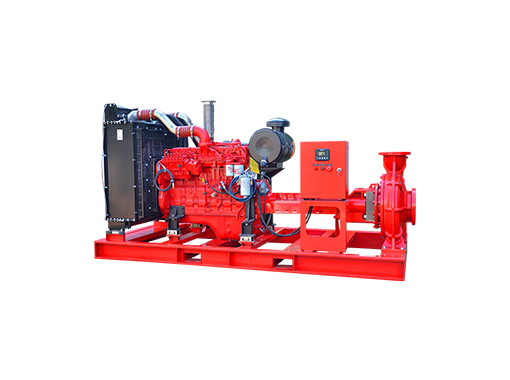Ensuring your fire pump system operates properly when an emergency arises is not optional—it's a legal and life-saving requirement. One of the most critical components of any fire protection system is the fire pump, which must be regularly inspected, tested, and maintained according to industry regulations.
An Annual Fire Pump Inspection Checklist is a detailed set of tasks and evaluations performed once a year to confirm that the fire pump and its components are functioning as intended. This process, mandated by standards like NFPA 25, helps guarantee fire safety compliance and minimizes the risk of failure during an emergency.
In this article, we’ll cover:
-
What the checklist includes
-
Why it's important
-
How it aligns with NFPA 25
-
Who should perform the inspection
-
Common issues found
-
Best practices for fire pump maintenance
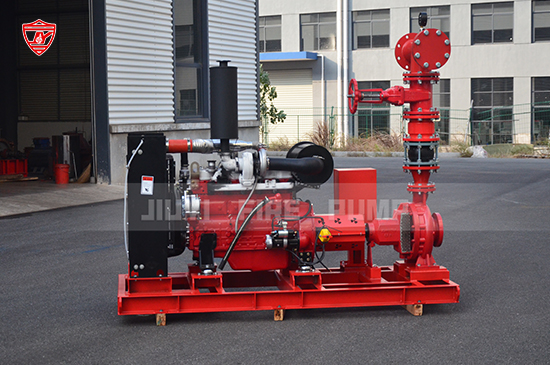
Why Annual Fire Pump Inspections Are Crucial
Fire pumps are mechanical devices that require consistent maintenance to remain operational. While weekly and monthly inspections are also required, annual inspections are the most thorough and essential.
Here’s why these annual inspections matter:
-
Compliance: National Fire Protection Association (NFPA 25) requires an annual fire pump inspection and testing.
-
Readiness: Ensures the fire pump will activate properly during a fire emergency.
-
Insurance Requirements: Many insurers require proof of annual inspections to maintain policy coverage.
-
Liability Reduction: Regular documentation proves due diligence, minimizing legal risks.
-
Cost Efficiency: Detecting issues early helps avoid expensive repairs or complete pump failure.
NFPA 25 Requirements for Fire Pump Inspection
The NFPA 25 standard is the gold standard for inspection, testing, and maintenance (ITM) of water-based fire protection systems. According to NFPA 25 Chapter 8, fire pumps must be inspected annually with special focus on:
-
Physical condition
-
Lubrication and alignment
-
Electrical connections
-
Diesel fuel and batteries (if applicable)
-
Flow and pressure performance
-
Operation of automatic controllers
NFPA 25 also categorizes testing into different types: no-flow testing, flow testing, and alarm signal verification. Each of these forms a key part of the annual checklist.
Complete Annual Fire Pump Inspection Checklist
Here’s what a comprehensive fire pump inspection checklist typically includes:
✅ 1. Visual and Physical Inspection
-
Check for any visible signs of damage or corrosion.
-
Inspect the pump housing, gauges, controllers, and all connected piping.
-
Ensure there are no leaks, blockages, or obstructions in suction or discharge lines.
-
Check foundation and alignment of the pump and motor.
✅ 2. Pump Operation and Functionality
-
Start the pump manually and automatically.
-
Listen for unusual noises or vibrations.
-
Verify correct rotation of pump and motor shafts.
-
Check pump run time during test and monitor auto-shutdown features.
✅ 3. Electrical Systems and Controllers
-
Inspect electrical connections and terminals for corrosion or looseness.
-
Test controller operation and alarm signals.
-
Confirm phase reversal protection.
-
Test power supply for electric fire pumps, including transfer switch operation.
✅ 4. Diesel Engine Systems (if applicable)
-
Check fuel levels, condition, and cleanliness of diesel fuel.
-
Inspect batteries, charger, coolant level, and oil level.
-
Test engine cranking time and automatic start/stop sequence.
-
Inspect exhaust system for blockage and leaks.
✅ 5. Jockey Pump and Pressure Settings
-
Verify jockey pump is maintaining correct system pressure.
-
Check the cut-in and cut-out settings.
-
Ensure there is no overlap between fire pump and jockey pump activation ranges.
✅ 6. Flow Test (Annual Performance Test)
-
Perform flow test to evaluate:
-
Churn (no flow) pressure
-
Rated flow
-
150% of rated flow
-
-
Compare data to manufacturer’s specifications.
-
Measure discharge pressure, suction pressure, flow rate, and net pressure.
✅ 7. Gauges and Instrumentation
-
Calibrate and inspect all gauges.
-
Replace any gauges not meeting accuracy standards.
-
Test pressure relief valves and automatic air release valves.
✅ 8. Recordkeeping and Documentation
-
Record all test results and inspection findings.
-
Update maintenance logs and inspection records.
-
Prepare formal inspection report for internal use and AHJ compliance.
Who Should Perform the Inspection?
Annual fire pump inspections should be conducted by:
-
Certified fire protection professionals
-
Licensed fire pump service contractors
-
Third-party inspection agencies
Hiring qualified personnel ensures compliance with local fire codes and NFPA 25, and helps avoid errors in testing or documentation.
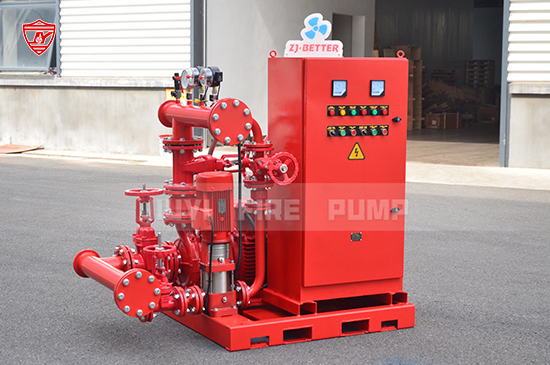
Common Problems Found During Annual Inspections
Routine annual inspections often reveal issues that might otherwise go unnoticed:
-
Corroded or clogged suction pipes
-
Inaccurate pressure readings due to faulty gauges
-
Batteries in poor condition or insufficient charge
-
Electrical faults in controller systems
-
Diesel fuel contamination
-
Improper system pressure settings
Identifying and correcting these problems early prevents potential pump failure during an actual fire emergency.
Best Practices for Maintaining Fire Pumps Year-Round
While annual inspections are critical, fire pump performance depends on ongoing maintenance. To keep your system reliable throughout the year:
-
Conduct weekly and monthly tests according to NFPA 25
-
Train facility staff on pump room safety and basic checks
-
Keep the pump room clean and climate-controlled
-
Maintain spare parts inventory, especially for older systems
-
Schedule service and calibration appointments well in advance
Why Work with a Reliable Fire Pump Manufacturer?
Choosing a reliable fire pump manufacturer like Better Technology Group ensures that:
-
Your fire pump system meets UL standards and NFPA 20 compliance
-
Ongoing support is available for technical assistance, parts, and training
-
Inspections can be conducted in coordination with factory guidance
-
Maintenance plans can be customized to your system’s specific needs
As a trusted manufacturer of electric fire pumps, diesel fire pumps, jockey pumps, and complete fire pump packages, we provide both the hardware and expert knowledge to ensure your system stays operational and compliant.

